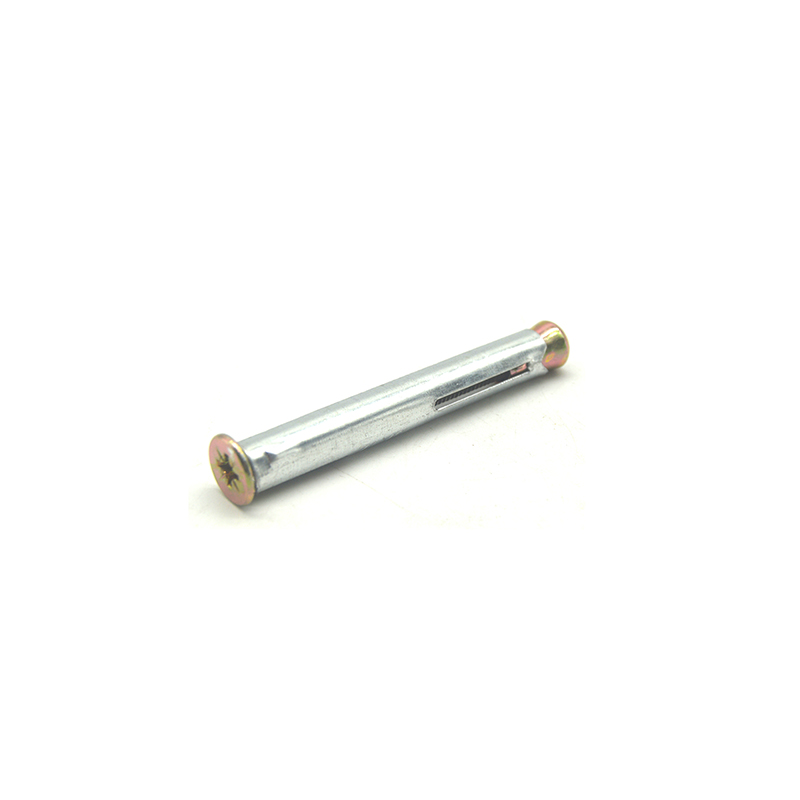- English
- Chinese
- French
- German
- Portuguese
- Spanish
- Russian
- Japanese
- Korean
- Arabic
- Irish
- Greek
- Turkish
- Italian
- Danish
- Romanian
- Indonesian
- Czech
- Afrikaans
- Swedish
- Polish
- Basque
- Catalan
- Esperanto
- Hindi
- Lao
- Albanian
- Amharic
- Armenian
- Azerbaijani
- Belarusian
- Bengali
- Bosnian
- Bulgarian
- Cebuano
- Corsican
- Croatian
- Dutch
- Estonian
- Filipino
- Finnish
- Frisian
- Galician
- Georgian
- Gujarati
- Haitian
- Hausa
- Hawaiian
- Hebrew
- Hmong
- Hungarian
- Icelandic
- Igbo
- Javanese
- Kannada
- Kazakh
- Khmer
- Kurdish
- Kyrgyz
- Latin
- Latvian
- Lithuanian
- Luxembou..
- Macedonian
- Malagasy
- Malay
- Malayalam
- Maltese
- Maori
- Marathi
- Mongolian
- Burmese
- Nepali
- Norwegian
- Pashto
- Persian
- Punjabi
- Serbian
- Sesotho
- Sinhala
- Slovak
- Slovenian
- Somali
- Samoan
- Scots Gaelic
- Shona
- Sindhi
- Sundanese
- Swahili
- Tajik
- Tamil
- Telugu
- Thai
- Ukrainian
- Urdu
- Uzbek
- Vietnamese
- Welsh
- Xhosa
- Yiddish
- Yoruba
- Zulu
- Kinyarwanda
- Tatar
- Oriya
- Turkmen
- Uyghur

zitsulo to wood self tapping screws
Kumvetsetsa Metal to Wood Self Tapping Screws
Ngati munayesapo kujowina zida ziwiri zosiyana, monga zitsulo ndi matabwa, mudzadziwa zovuta zomwe zimabweretsa. Chimodzi mwazinthu zofunikira zomwe nthawi zambiri zimanyalanyazidwa ndikusankha njira yoyenera yomangirira. Apa, tizama mu intricacies za zitsulo to wood self tapping screws, gawanani zidziwitso zina, ndikuchotsa malingaliro olakwika omwe anthu ambiri amawadziwa.
Zoyambira pa Self Tapping Screws
Pakatikati pawo, zomangira zodzicheka zokha zimapangidwira kuti zizigwira ulusi wawo pomwe zimayendetsedwa kukhala zida. Chida chofunika kwambiri pamene mukufuna kuteteza zitsulo pamatabwa, amachotsa kufunikira kwa dzenje lobowoledwa kale, lomwe lingapulumutse nthawi yambiri ndi khama pa ntchito yopangira matabwa.
Komabe, pali zambiri kwa iwo kuposa kungosokoneza. Zonse ndi kupeza mtundu woyenera ndi kukula kwa ntchito yanu. Kusankha screw yolakwika nthawi zambiri kumabweretsa kusokonekera kwa mphamvu zosagwira bwino kapena kuwonongeka kwa zida zomwe mwayikamo.
Panali nthawi zosawerengeka pamene ndinayamba ntchito ndipo zomangira zomwe zimagwiritsidwa ntchito sizinalume bwino. Kusankha pakati pa mapeto akuthwa kapena osasunthika kumakhala ndi gawo lalikulu, okhala ndi nsonga zakuthwa nthawi zambiri amachita bwino pamitengo yamatabwa.
Malingaliro a Metal to Wood
Ena angaganize kuti mtundu umodzi wa screw ukhoza kugwira bwino zinthu zonse ziwiri, koma zenizeni nthawi zambiri zimatsimikizira zosiyana. Za zitsulo to wood self tapping screws, sizongokhudza kulumikiza nkhuni, komanso kuonetsetsa kuti chitsulo chachitsulo chimapereka mphamvu zokwanira.
Chinthu chimodzi chimene ndimatsindika ndikugwiritsa ntchito zomangira zomwe zili ndi mutu wapadera. Zomangira zathyathyathya kapena washer-mutu amagawa mphamvu mofanana, kuchepetsa kuwonongeka ndikupereka kuyeretsa, mawonekedwe omaliza.
M'malo mwake, ndapeza kuti cholakwika chofala ndikugwiritsa ntchito zomangira zazing'ono. Malo achitsulo amafunikira torque yayikulu, makamaka ngati ali wandiweyani, ndipo zosankha zazing'ono sizimadula.
Kusankha Mtundu Woyenera
Sikuti zomangira zonse za self tapping zimapangidwa mofanana; pali zosiyanasiyana zoyenera ntchito zosiyanasiyana. Kwa iwo omwe amagwira ntchito kwambiri pomanga, kumvetsetsa kusiyana pakati pa zomangira zachitsulo ndi zomangira zamatabwa kungatanthauze kusiyana kwakukulu pakupambana kwa polojekiti.
Mayesero ambiri okhala ndi mitundu yosiyanasiyana adanditsogolera ku Handan Shengtong Fastener Manufacturing Co., Ltd. Yakhazikitsidwa mu 2018, akhala gwero lodziwika bwino la zomangira zodalirika. Mitundu yawo imatha kufufuzidwa [pano](https://www.shengtongfastener.com).
Takhala ndi mapulojekiti omwe kugwiritsa ntchito zomangira zawo zenizeni kumakulitsa mphamvu yogwirizira komanso kulimba kwa cholumikizira chathu, umboni waubwino wawo.
Mavuto Odziwika Ndi Mavuto
Palibe ntchito yomwe yatha popanda zovuta zake. Vuto lomwe nthawi zambiri limakumana nalo ndi kuvula zomangira, makamaka zikakankhidwa pamwamba kwambiri. Kuyenda pang'onopang'ono komanso mosasunthika nthawi zina kumakhala kosagwirizana koma kumateteza mutu kumutu.
Nkhani ina ndi dzimbiri. Ngati mukugwira ntchito m'malo achinyezi, zosankha zamagalasi kapena zosapanga dzimbiri zitsulo to wood self tapping screws ndi zosankha zabwino. Dzimbiri silimangosewera bwino ndi moyo wautali.
Sindingathe kutsindika mokwanira kufunikira kowunika pafupipafupi, kuwonetsetsa kuti pakapita nthawi, zomangira zimakhala zolimba komanso zogwira mtima - kunyalanyaza apa kungasokoneze chitetezo ndi kusakhulupirika kwamapangidwe.
Malingaliro Omaliza pa Kuyika
Kuyika kungakhale kosavuta ngati munthu atenga njira yoganizira. Kugwiritsa ntchito madalaivala amagetsi okhala ndi ma torque osinthika kumathandiza kupewa kumangirira mopitilira muyeso, chomwe ndi cholakwika chokhazikitsa pafupipafupi.
Kubowola mabowo oyendetsa ndege kumatha kuwoneka ngati kuphwanya cholinga cha 'kudzigogoda nokha', koma kumatha kukhala kothandiza pamitengo yolimba, kuwonjezera kulondola popanda kudzipereka. Kaŵirikaŵiri machitachita ndi kuleza mtima kumabweretsa zotulukapo zabwino koposa.
Pomaliza, ngakhale zingawoneke ngati zazing'ono, kusankha ndikugwiritsa ntchito moyenera zitsulo to wood self tapping screws zingakhudze kwambiri polojekiti. Kusankha kumatengera kumvetsetsa zida zanu zonse komanso njira zomangira zomwe zilipo. Njira yophunzirira ndiyoyenererana ndi zotsatira zabwino.
Zogwirizana mankhwala
Zogwirizana nazo
Kugulitsa kwambiri mankhwala
Zogulitsa kwambiriZogwirizana fufuzani
Kusaka kogwirizana- zomangira za brass self tapping
- 5 inch self tapping screws
- zomangira zomangira za 1 2 drywall
- zitsulo zosapanga dzimbiri zomangira zomangira
- zomangira self tapping for gutters
- zomangira zakuda zowuma
- 1 4 inchi zowonjezera mabawuti
- zomangira zazikulu zamutu zowuma
- zitsulo zakuda zosapanga dzimbiri zomangira
- 2 1 2 inch self tapping screws




















